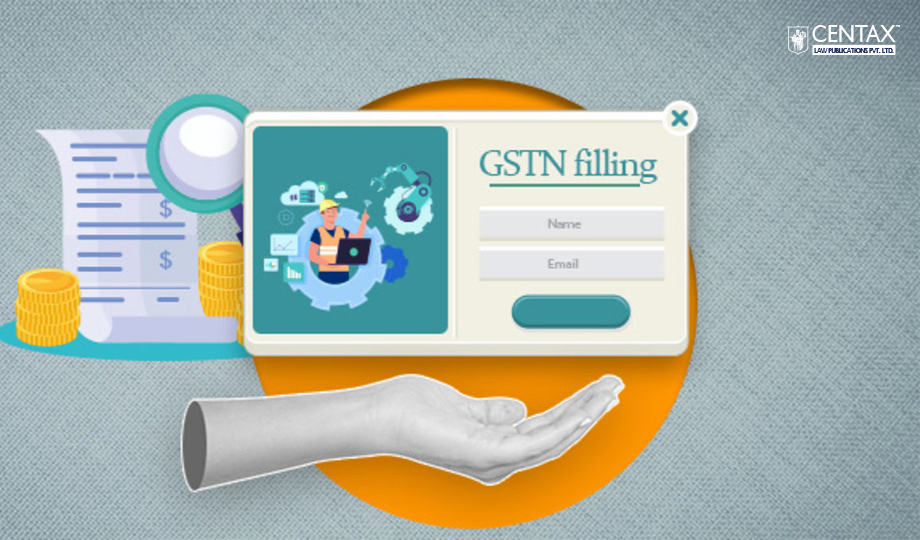19 Sep 2025 GST News
1. Introduction
The Central Board of Indirect Taxes and Customs (CBIC) has issued FAQs-4 to explain the revised advisory released by the Department of Consumer Affairs on 18th September 2025. This updated advisory replaces the earlier version dated 9th September 2025 and introduces a more flexible approach for businesses to handle revised pricing of unsold stock.
2. Voluntary Re-Stickering of Prices
Under the revised framework, manufacturers, packers, and importers are permitted to voluntarily affix revised price stickers on unsold stock that was manufactured or packed before 22nd September 2025. This relaxation removes the need for recalling or repacking old inventory, thereby reducing compliance costs and operational challenges for businesses.
3. Removal of Newspaper Advertisement Requirement
A major change in the updated advisory is the elimination of the requirement to publish revised prices in newspapers. The earlier directive had made it mandatory for businesses to inform consumers through public advertisements, which was both time-consuming and expensive. With this requirement now removed, the process of communicating revised prices has been simplified.
4. New Compliance Obligations
In place of newspaper advertisements, businesses must now follow a set of targeted compliance measures. They are required to circulate revised prices to dealers and retailers, send endorsed copies of such communication to Central and State Legal Metrology authorities, and ensure compliance at the retailer level. Additionally, businesses must actively inform consumers about revised prices through multiple channels including electronic, print, and social media platforms.
5. Conclusion
The revised advisory, as clarified in CBIC’s FAQs-4, strikes a balance between regulatory compliance and ease of doing business. By allowing voluntary re-stickering, removing the need for costly advertisements, and introducing clear communication responsibilities, the framework ensures both consumer awareness and business flexibility. This step strengthens market transparency while reducing the compliance burden on manufacturers, packers, and importers.



















